Disclosure: This article contains affiliate links. We may earn a commission from purchases at no extra cost to you, which helps our travel content.
There's something uniquely liberating about exploring a city that sits at the junction of urban sophistication and wild natural beauty. Denver—the Mile High City—exemplifies this perfect balance. As someone who typically finds herself documenting biodiversity patterns in remote locations, switching to solo urban exploration offers a refreshing change of pace. After spending a week here between research conferences, I've compiled this scientifically-informed yet thoroughly enjoyable guide to experiencing Denver on your own. From the geological marvels of nearby Red Rocks to the surprisingly robust urban ecosystem corridors, Denver offers solo travelers a remarkable opportunity to witness how a thriving city can coexist with the natural world. Whether you're an experienced solo wanderer or taking your first independent journey, this guide will help you navigate Denver's distinctive blend of mountain majesty and metropolitan charm.
Navigating Denver: Getting Your Bearings
Denver's grid system makes it remarkably intuitive to navigate—a welcome feature for solo travelers. The city is oriented with the magnificent Rocky Mountain front range as its western backdrop, providing a constant natural compass point. I found this particularly helpful when wandering through new neighborhoods, as the mountains remain visible from many vantage points throughout the city.
The Regional Transportation District (RTD) operates an efficient light rail and bus system that connects most areas of interest. I recommend purchasing a MyRide card upon arrival—it's rechargeable and offers slight discounts over single-ride tickets. The A Line train from Denver International Airport to Union Station downtown is particularly convenient, taking approximately 37 minutes and costing just $10.50.
For exploring downtown specifically, Denver's B-cycle bike-sharing program provides an excellent opportunity to cover ground quickly while also reducing your carbon footprint. The city has invested significantly in cycling infrastructure, with over 85 miles of paved urban trails. I spent one particularly memorable afternoon cycling along Cherry Creek Trail, observing the riparian ecosystem that serves as an urban wildlife corridor.
When planning your daily movements, I found my digital city map invaluable for plotting efficient routes between destinations while allowing for serendipitous detours. The ability to mark points of interest and track my daily movements helped me build a comprehensive mental map of the city much faster than relying solely on smartphone navigation.
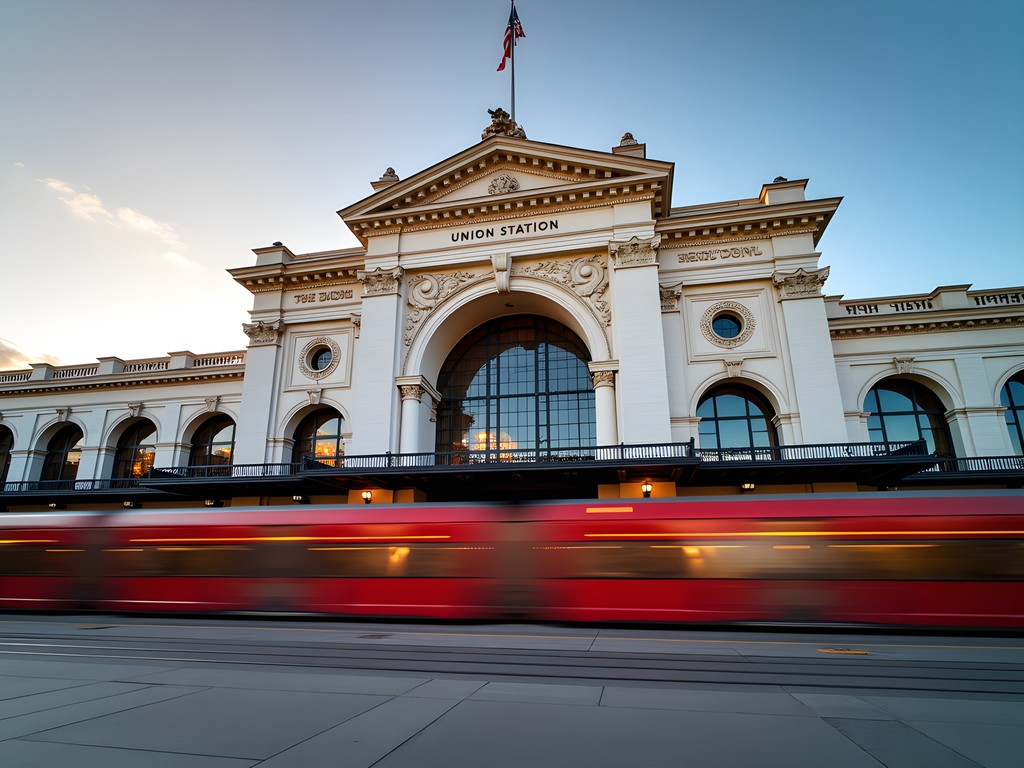
💡 Pro Tips
- Purchase a MyRide card for public transportation—it's rechargeable and offers discounts over individual tickets
- Downtown Denver is highly walkable, but the B-cycle bike-sharing program is perfect for covering more ground
- The free 16th Street MallRide shuttle runs the length of the downtown pedestrian mall and is an excellent orientation tool
Mountain Adventures Within Reach
One of Denver's most remarkable attributes is how quickly you can transition from urban exploration to mountain immersion. Within 30 minutes of downtown, you can find yourself among geological formations that tell the story of hundreds of millions of years of Earth's history.
Red Rocks Park and Amphitheatre stands as my top recommendation for solo travelers. Beyond the famous concert venue, the surrounding park offers several hiking trails where you can examine the dramatic red sandstone formations up close. These 300-million-year-old deposits from the Pennsylvanian epoch provide a fascinating glimpse into ancient environments. The Trading Post Trail (1.4 miles) offers the perfect introduction, winding between massive rock formations while providing informative signage about both geology and ecology.
For a more substantial mountain experience, Mount Evans Scenic Byway allows you to drive to 14,130 feet—the highest paved road in North America. The ecosystem changes you witness during this ascent are remarkable: from montane forests through subalpine zones and finally into the harsh alpine tundra. As a scientist who studies climate change impacts, I found the clearly visible treeline particularly poignant—a visible marker of environmental thresholds that are shifting upward with warming temperatures.
For proper mountain exploration, I relied heavily on my hiking daypack, which provided perfect organization for carrying water, layers, snacks, and my field journal. The ventilated back panel proved invaluable during midday hikes when temperatures climbed.
While mountain weather is notoriously changeable, summer generally offers the most reliable conditions. However, afternoon thunderstorms are common, so plan morning outings for the best experience. The ecological diversity you'll encounter—from ponderosa pine forests to alpine meadows—offers a natural laboratory for understanding how elevation influences biodiversity patterns.
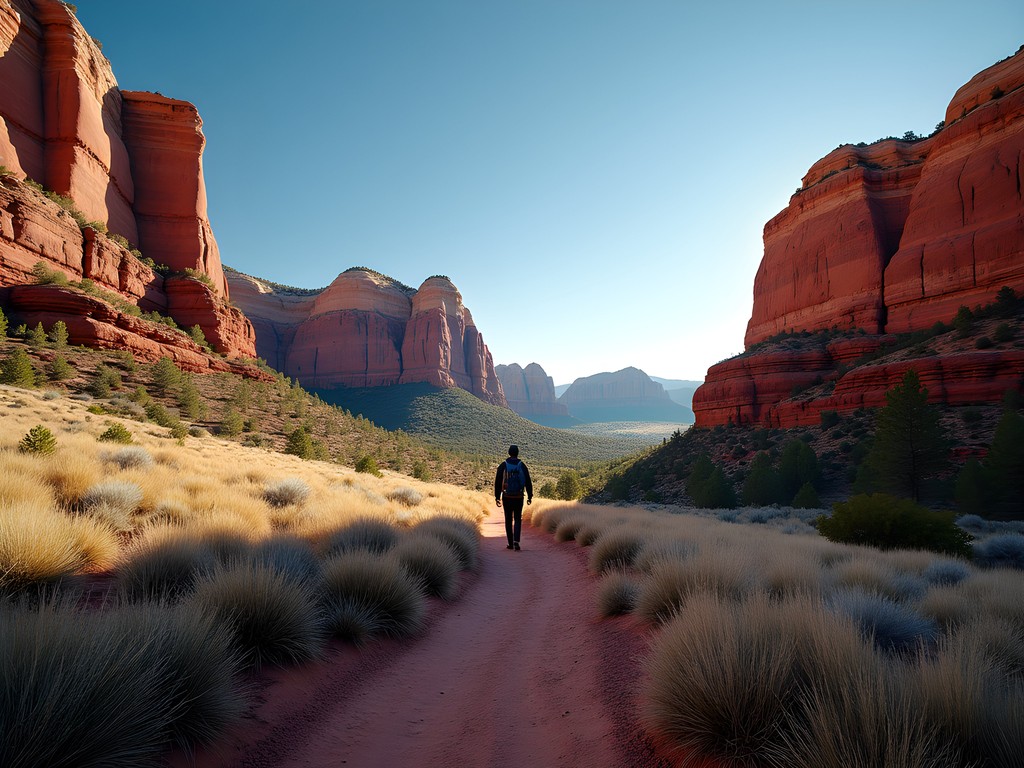
💡 Pro Tips
- Start mountain excursions early to avoid afternoon thunderstorms that are common in summer
- Pack layers even in summer—elevation changes mean temperature fluctuations of 20°F or more in a single day
- Acclimatize to Denver's altitude for 24 hours before attempting higher elevation activities
Cultural Immersion: Museums and Art Districts
Denver's cultural offerings provide the perfect counterbalance to its outdoor adventures, especially when you need a respite from mountain excursions or unpredictable weather.
The Denver Museum of Nature & Science became my intellectual sanctuary during my visit. Their Expedition Health exhibit offers fascinating insights into human physiology at altitude—particularly relevant given Denver's mile-high location. The fourth floor provides spectacular views of both downtown and the mountain panorama, offering a perfect orientation to the region's geography. As someone with a scientific background, I particularly appreciated their Earth Sciences exhibits, which contextualize the geological formations you'll see throughout Colorado.
For art enthusiasts, the RiNo (River North) Art District represents Denver's creative pulse. This former industrial area has transformed into a vibrant neighborhood filled with murals, galleries, and innovative workspaces. What fascinated me most was how this urban regeneration has created new habitat niches for urban wildlife—I spotted several species of birds utilizing the green roofs and pocket parks that have become part of RiNo's sustainable development approach.
The Denver Art Museum's indigenous arts collection provides crucial cultural context for understanding the region's human history. The museum's architectural design—particularly the titanium-clad Hamilton Building—is worth appreciating in its own right.
During my cultural explorations, I found my compact binoculars surprisingly useful, not just for wildlife spotting but also for examining architectural details and distant public art installations. Their compact size meant I could always keep them accessible without carrying additional bags.
Many museums offer special evening programming that's perfect for solo travelers looking to connect with like-minded visitors. The Science Lounge at DMNS and Mixed Taste at the Museum of Contemporary Art both combine intellectual stimulation with social opportunities in a relaxed setting.

💡 Pro Tips
- Many museums offer free or discounted admission days—check their websites for current schedules
- The First Friday Art Walks in RiNo and Santa Fe Arts Districts are perfect for solo travelers to mingle with locals
- Museum cafes often showcase local ingredients and make excellent solo dining options
Connecting with Locals: Beyond Tourist Bubbles
Solo travel's greatest gift is the opportunity to connect with locals in ways that larger groups rarely experience. Denver's residents, with their blend of mountain-town friendliness and urban sophistication, make this particularly rewarding.
Breweries serve as Denver's social hubs and provide natural conversation starters. Great Divide Brewing Company's original location on Arapahoe Street offers community tables where I found myself naturally drawn into conversations about everything from mountain conservation efforts to neighborhood regeneration projects. What's particularly interesting from an ecological perspective is how many local breweries incorporate sustainability practices—from water conservation to grain recycling programs that support local agriculture.
For a more structured approach to meeting locals, I highly recommend checking the calendar at the Denver Field Ornithologists group, which welcomes visitors on their regular bird walks. These outings combine wildlife observation with local knowledge exchange in a relaxed setting. During my walk along the South Platte River corridor, I learned more about Denver's urban wildlife management strategies than any guidebook could provide.
Bookshops offer another avenue for authentic connection. Tattered Cover, an independent bookstore with several locations, hosts regular author events and book clubs where intellectual exchange flows naturally. Their knowledgeable staff provided me with reading recommendations that enhanced my understanding of Colorado's environmental history.
Farmers' markets, particularly the Union Station Farmers Market (Saturdays, May-October), showcase Colorado's agricultural diversity while providing opportunities to chat with local producers about sustainable farming practices. I found myself in a fascinating conversation with an urban beekeeper about pollinator corridors through the city—a perfect example of how casual interactions can lead to meaningful knowledge exchange.
When documenting these social encounters and the ecological observations they inspired, my travel journal became an essential companion. Its acid-free pages preserve both field notes and personal reflections that transform fleeting experiences into lasting insights.
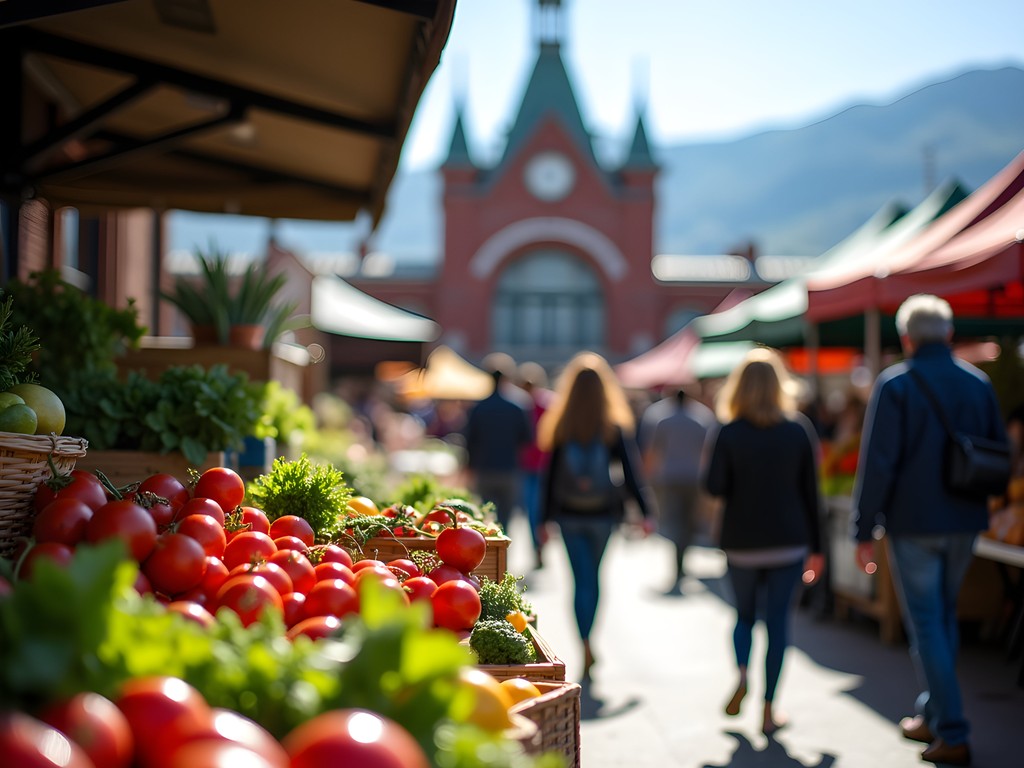
💡 Pro Tips
- Attend a workshop at Denver Botanic Gardens where you'll meet locals with shared interests in a structured environment
- Coffee shops like Steam Espresso Bar and Huckleberry Roasters attract locals who are often happy to share neighborhood recommendations
- Join a volunteer shift with Volunteers for Outdoor Colorado for meaningful connections while contributing to conservation efforts
Urban Green Spaces: Denver's Ecological Corridors
While Denver's mountain proximity gets most of the attention, the city itself hosts a remarkable network of urban parks and green spaces that serve as both recreational areas and vital ecological corridors.
Washington Park ('Wash Park' to locals) encompasses 155 acres of thoughtfully designed landscape that balances recreational use with habitat value. Its two lakes and flower gardens were inspired by Frederick Law Olmsted's designs, demonstrating how urban planning from over a century ago continues to provide ecological services today. During my morning visits, I observed impressive bird diversity using the park as a stopover habitat—evidence of its role in Denver's urban wildlife movement corridors.
The Denver Botanic Gardens merits special attention for solo travelers interested in both horticultural displays and conservation science. Their native plants garden showcases species adapted to Colorado's semi-arid climate, while educational signage explains xeriscaping principles that support water conservation. I spent a fascinating afternoon in their research greenhouses learning about their rare plant conservation programs that help preserve Colorado's unique alpine flora in the face of climate change pressures.
For a longer urban nature experience, the 42-mile High Line Canal Trail represents one of the longest linear parks in the country. Originally built as an irrigation channel in the 1880s, it now serves as a multi-use greenway connecting diverse neighborhoods. What fascinates me as a scientist is how this historic infrastructure has been repurposed to provide stormwater management services while simultaneously creating wildlife habitat—a perfect example of multifunctional green infrastructure.
When exploring these urban ecosystems, I relied on my field guide to identify unfamiliar species and understand their ecological relationships. The combination of comprehensive information and compact size made it ideal for urban nature walks.
These green spaces offer more than just recreational value—they provide crucial ecosystem services including urban heat island mitigation, carbon sequestration, and biodiversity support. Denver's commitment to preserving and expanding these areas represents a forward-thinking approach to urban sustainability that other cities would do well to emulate.

💡 Pro Tips
- Visit City Park early morning or evening for the best wildlife viewing opportunities, particularly around Duck Lake
- The free Denver Trolley (seasonal) offers narrated history of the South Platte River's ecological restoration
- Check the Denver Botanic Gardens calendar for their evening programs that combine science education with social opportunities
Final Thoughts
Denver offers solo travelers that rare combination of accessible wilderness, cultural depth, and social warmth. What struck me most during my week here was the seamless integration between natural and built environments—a city that acknowledges its ecological context rather than attempting to conquer it. As climate researchers like myself continue to document changing mountain ecosystems, Denver provides both a base for scientific exploration and a model for how urban centers can maintain meaningful connections to their surrounding landscapes. Whether you're seeking mountain solitude, cultural stimulation, or connections with environmentally-minded locals, the Mile High City delivers with authenticity and accessibility. Pack your hiking boots alongside your museum map, bring your scientific curiosity, and prepare to experience a city that truly understands its place in the larger ecological story of the American West.
✨ Key Takeaways
- Denver's efficient public transportation and walkable downtown make it exceptionally navigable for solo travelers
- The proximity of mountain experiences to urban amenities creates a uniquely balanced travel experience
- Local breweries and farmers markets provide natural settings for meaningful connections with residents
- Urban green spaces serve dual purposes as recreational areas and vital ecological corridors
📋 Practical Information
Best Time to Visit
May through September, with July-August offering most reliable weather for mountain excursions
Budget Estimate
$150-200 per day including accommodations, meals, and activities
Recommended Duration
5-7 days allows for both urban exploration and mountain excursions
Difficulty Level
Easy To Moderate (Higher Altitude Activities Require Acclimatization)

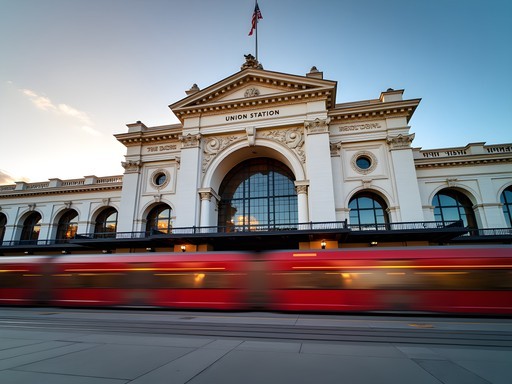
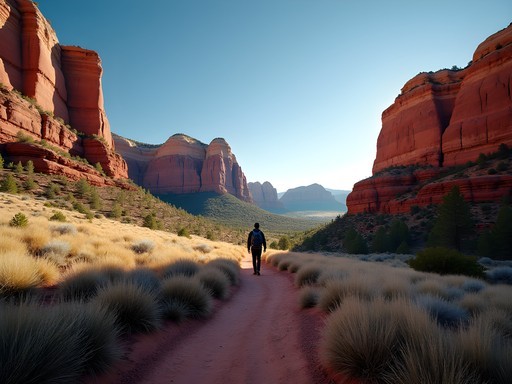
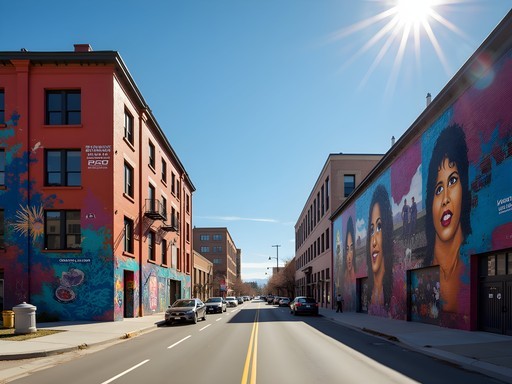
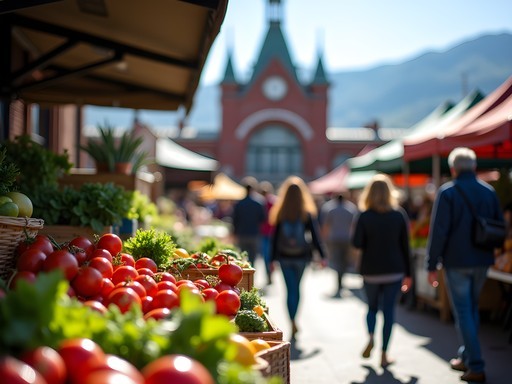
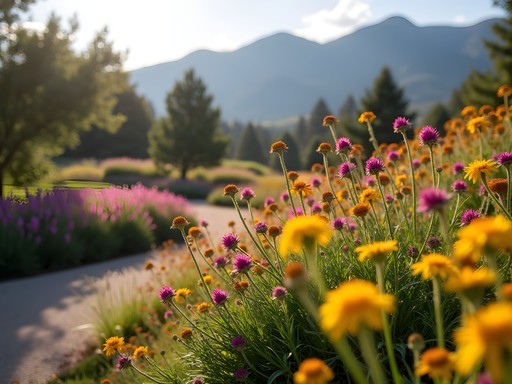





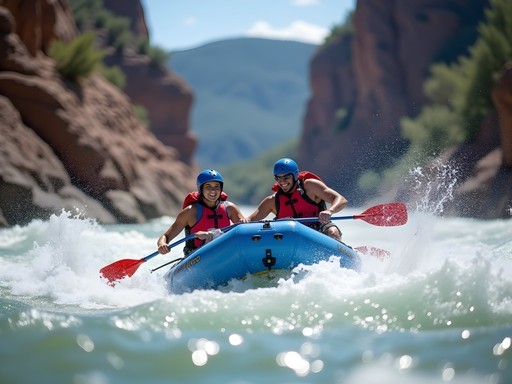
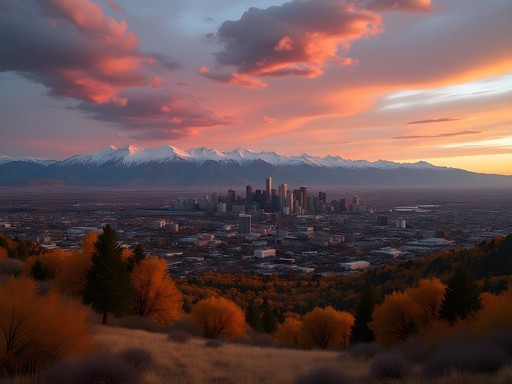

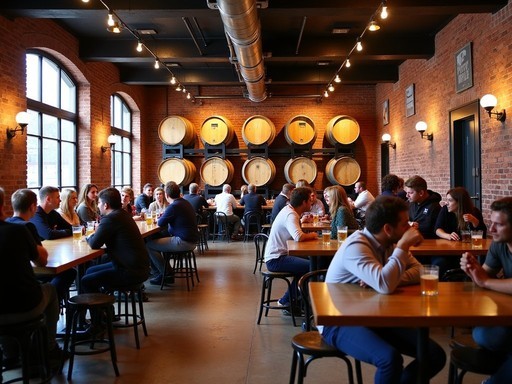
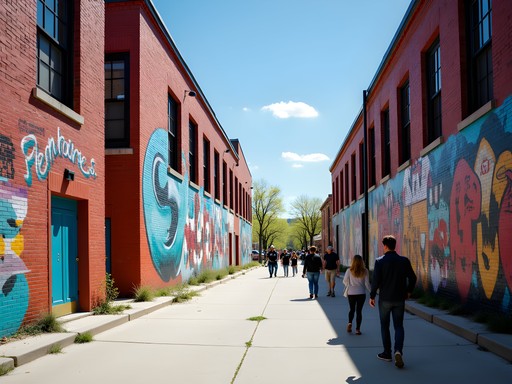
Comments
Nicole Russell
This guide brought back so many memories! I did a solo trip to Denver last year and absolutely fell in love with the city. One tip for other solo travelers - I found the free walking tours downtown to be an amazing way to meet other travelers. Also, if you're into hiking but nervous about going alone, check out the Colorado Mountain Club - they have group hikes that welcome visitors. The Denver Botanic Gardens was my peaceful retreat when I needed a break from the city buzz. And Union Station is not just transportation - it's a gorgeous place to hang out, work, or people-watch with great food options!
dreamwanderer
Thanks for the tip about the Colorado Mountain Club! I was worried about hiking alone.
Nicole Russell
Happy to help! They're super welcoming to visitors and the guides know all the best trails. Perfect for solo travelers who want company on the mountains!
coffeechamp
Any specific coffee shops you'd recommend? I'm a total coffee nerd and always hunt for the best local spots when traveling!
Aria Cox
Oh you're in for a treat! Definitely check out Huckleberry Roasters in Larimer and Corvus Coffee on Broadway. If you're willing to venture a bit, Sweet Bloom in Lakewood is worth the trip. I used my travel mug to take coffee on my morning hikes!
coffeechamp
Perfect! Adding these to my list. Can't wait to try them all!
cityzone
Love the photos from the art district! Those murals are incredible.
summernomad9197
Just got back from Denver last week and this guide is spot on! I'd add that the free shuttle on 16th Street Mall was super convenient for getting around downtown. For meeting locals, I found brewery tours were amazing - did one at Great Divide and ended up hanging with Denver folks the whole night! Also hiked at Red Rocks on a weekday morning and had the trails almost to myself. The light rail from the airport saved me so much money compared to rideshares.
Aria Cox
So glad you had a great time! Yes, the 16th Street shuttle is a lifesaver. And Red Rocks on weekday mornings is definitely the move - peaceful and gorgeous!
dreamwanderer
This post has me excited to visit Denver! How safe is it for solo female travelers at night? Especially around downtown?
Nicole Russell
I felt super safe in Denver! The 16th Street Mall area has security and is well-lit. Just use normal city precautions - I used ride shares after dark instead of walking alone. The RTD is good until about 10pm too!
dreamwanderer
Thanks Nicole! That's reassuring to hear. Can't wait for my trip next month!
winterexplorer
Would Denver be a good winter solo destination? I'm thinking of going in December but worried everything will be focused on skiing (which I don't do).
hikingclimber
Denver is actually great in winter! The city itself doesn't get snowed in like the mountains. The museums are perfect for cold days, and the food scene is year-round. Plus, the Christmas market downtown is really charming. Just bring layers because the temperature swings can be wild!
winterexplorer
That's so helpful, thanks! I'm going to book my tickets!
Sage Dixon
Aria, your section on connecting with locals really resonated with me. When I visited Denver last fall, I tried something similar by joining a Wednesday night run club at Berkeley Park. Ended up meeting a local who showed me some hidden gems in the Highland neighborhood the next day - places I'd never have found in guidebooks! For anyone heading to Denver soon, I'd also recommend checking out First Friday art walks in the Santa Fe Arts District. The galleries stay open late, there's street food, and locals are super chatty. It's how I discovered my favorite Denver coffee shop, which wasn't on any tourist map. Sometimes the best adventures happen when you put the itinerary aside!
journeyvibes
What was the coffee shop called? Adding it to my list!
Sage Dixon
It's called Huckleberry Roasters in the Sunnyside neighborhood. Amazing pour-overs and the most interesting conversations with locals!
Sage Dixon
Brilliant guide to solo Denver travel, Aria! I've been living in Colorado for the past three months as part of my digital nomad stint, and I'd add one tip for solo travelers looking to connect with locals: check out the Denver Cruiser Ride if you're there Wednesday nights in summer. It's this wild bike parade where hundreds of locals dress up according to themes and cycle between bars. Even if you don't bike, you can catch them at the meetup points. I showed up solo and left with a dozen new friends! Also, Union Station isn't just transportation - it's one of the best places to post up with a laptop if you need to get work done while traveling.
summerone
That bike parade sounds amazing! Adding it to my list for next summer.
hikingclimber
Just got back from Denver and your guide was spot on! The RTD from the airport was super easy to use. I stayed at a hostel in LoDo and met some awesome people to explore with. We did the museum day you suggested and the Denver Art Museum was incredible - definitely worth getting the Culture Pass if you're hitting multiple spots. Red Rocks was the highlight though - we caught a sunrise there and it was magical. Thanks for the inspiration!
skyfan
I'm planning a solo trip to Denver next month but I'm nervous about hiking alone. Any specific trails you'd recommend that are safe for solo hikers but still have amazing views?
Sage Dixon
Not Aria, but I can help! For solo hiking near Denver, I'd recommend the Trading Post Trail at Red Rocks - it's well-trafficked, under 2 miles, and gives you those iconic rock formation views. Mount Falcon's Castle Trail is another good one with mountain panoramas but plenty of other hikers around. Always use hiking app to download offline maps and check in with someone about your plans!
skyfan
Thank you so much! Red Rocks sounds perfect - I definitely want to see those famous formations!
Venture X
Premium card with 2X miles, $300 travel credit, Priority Pass